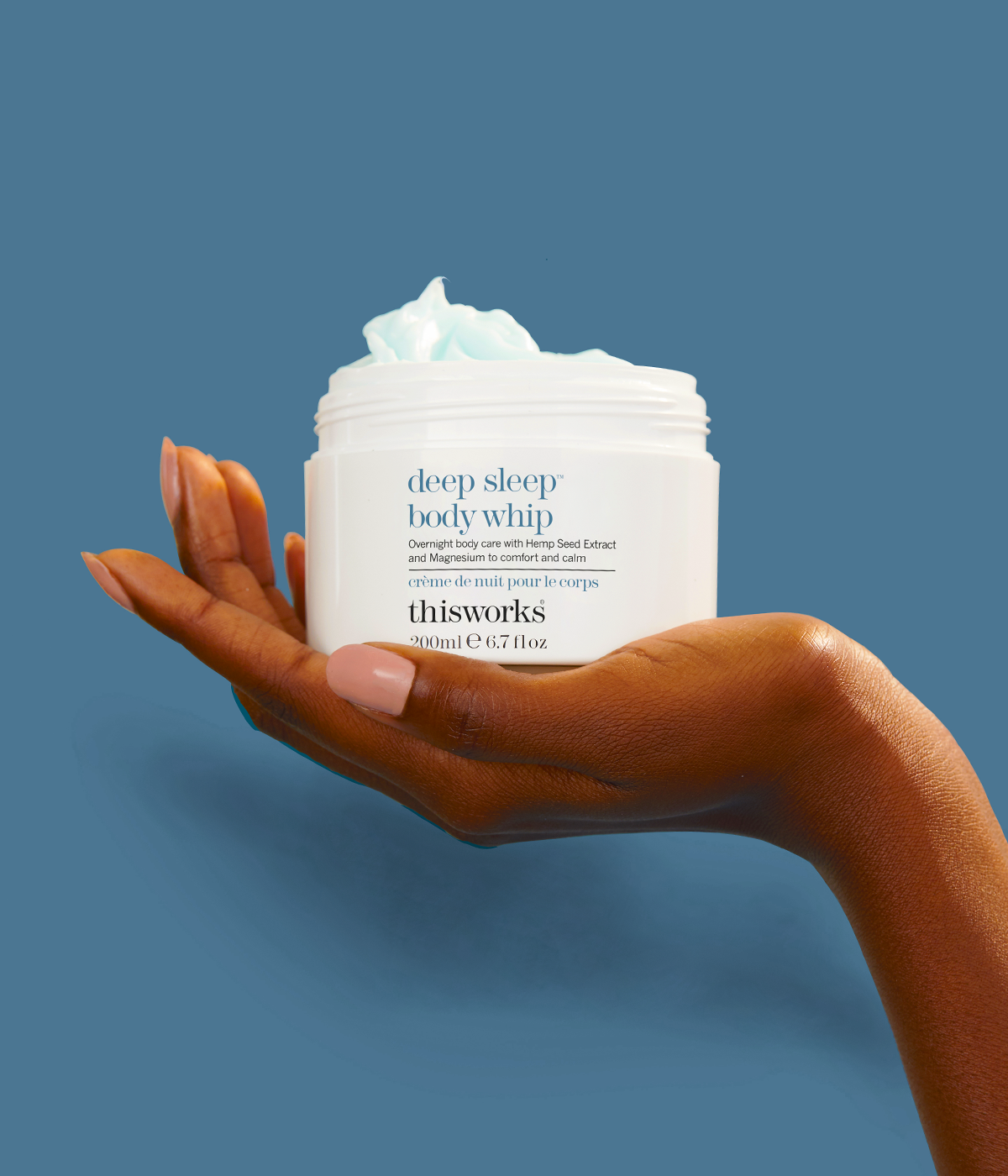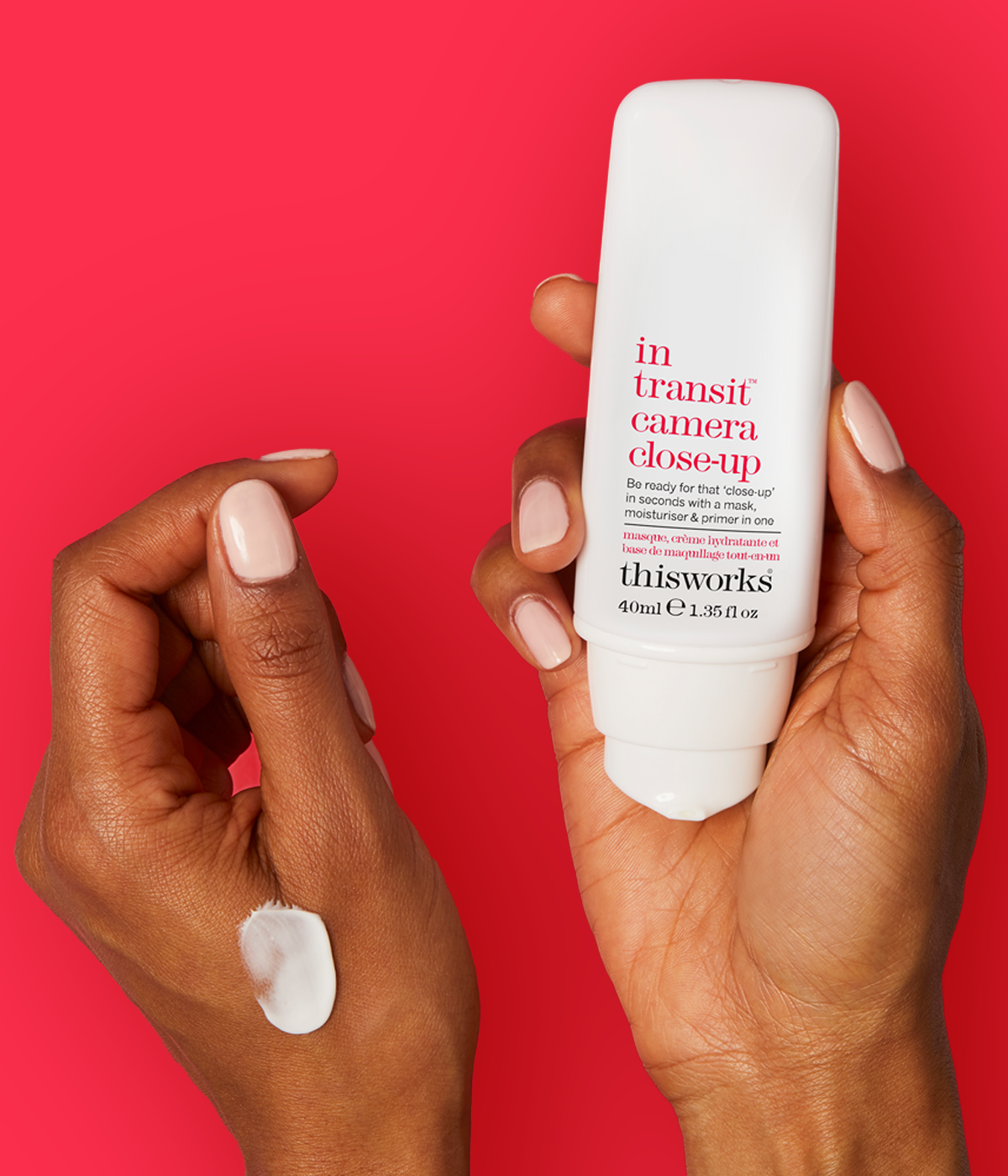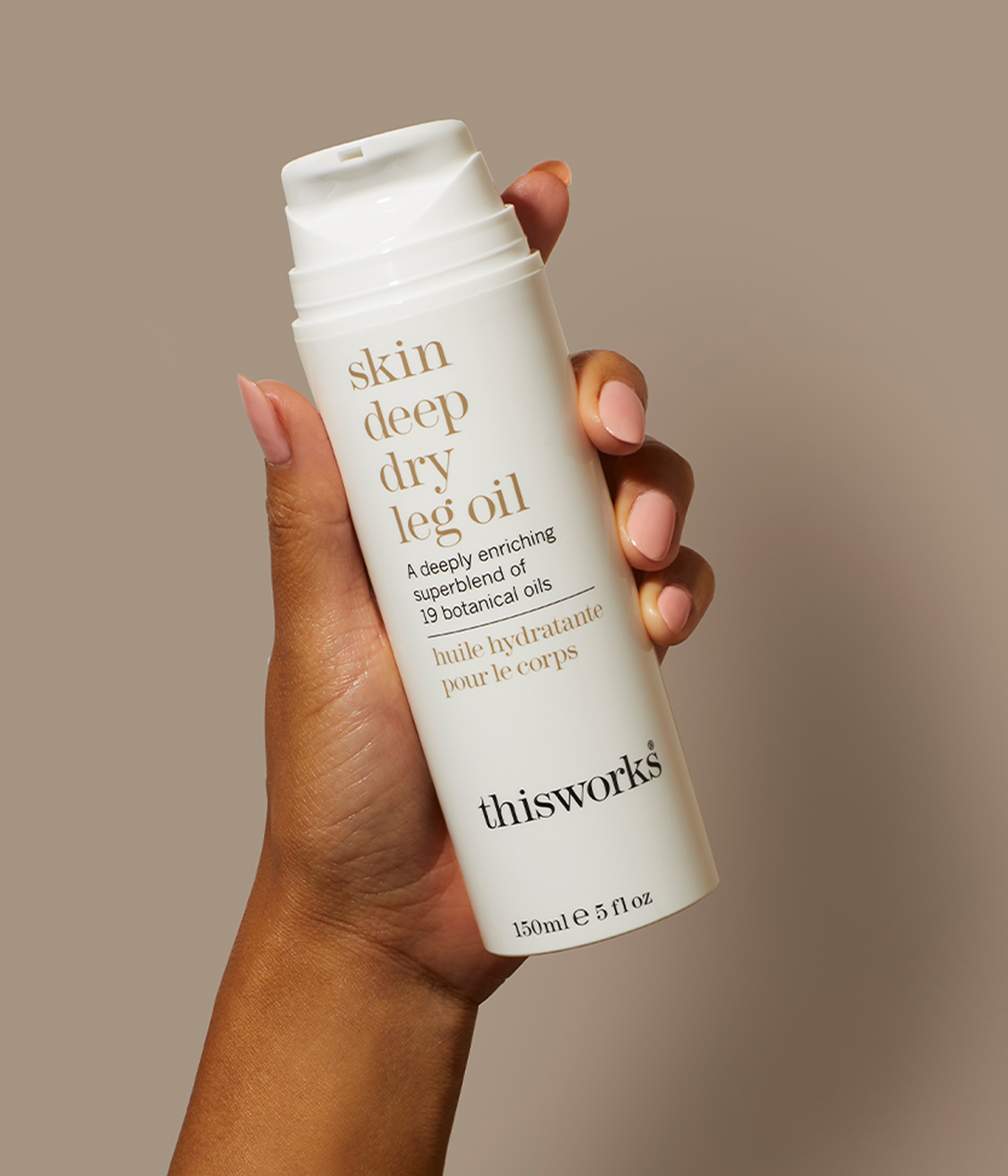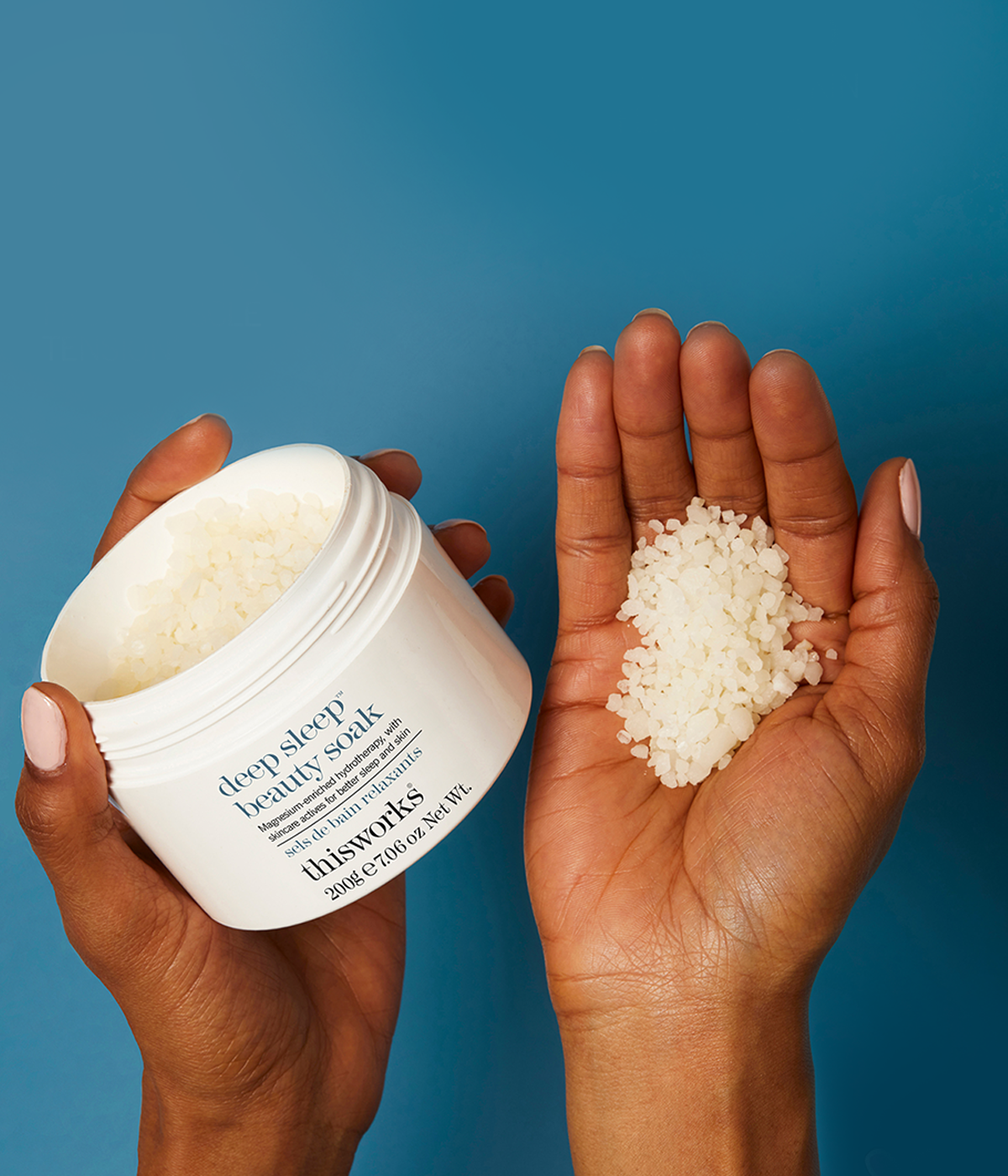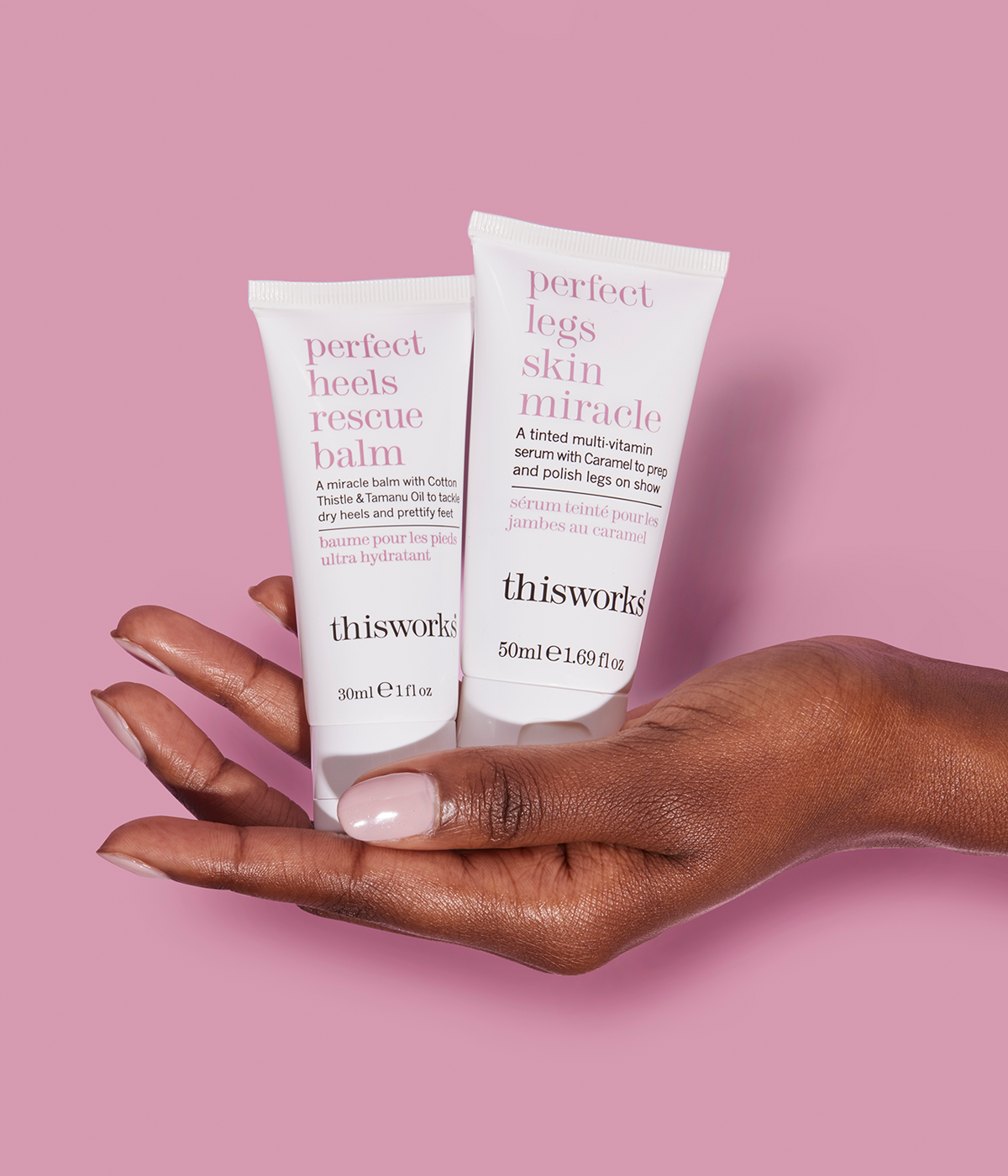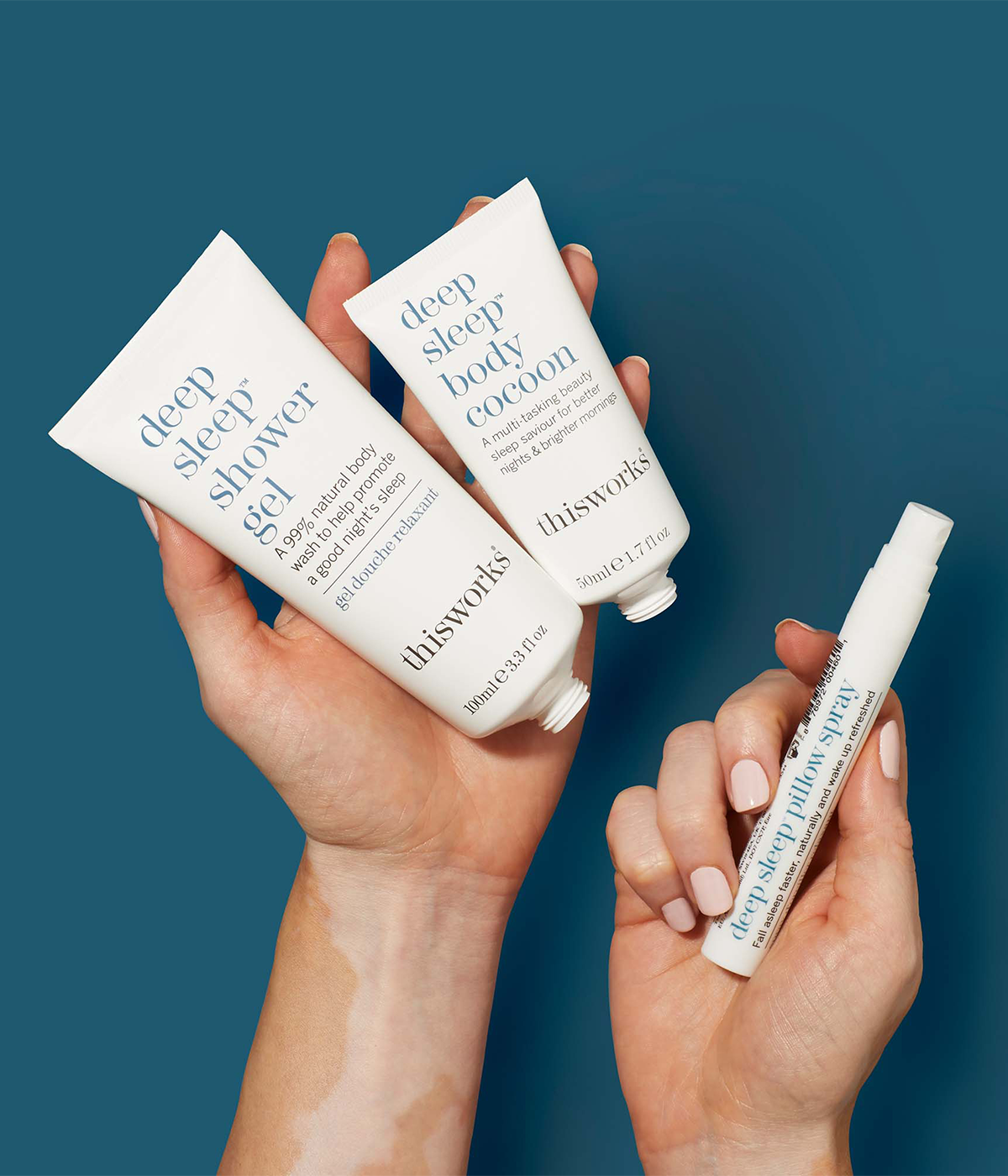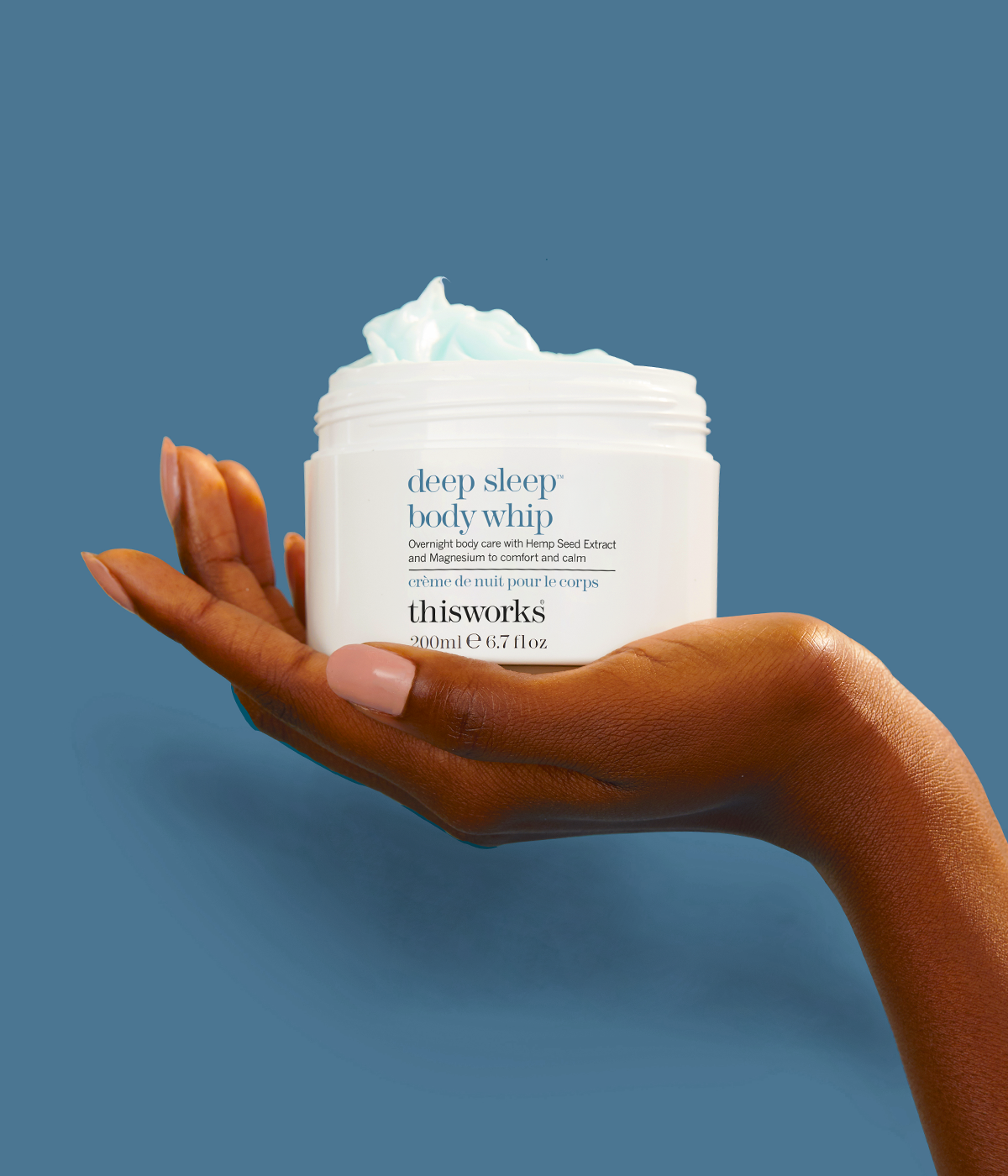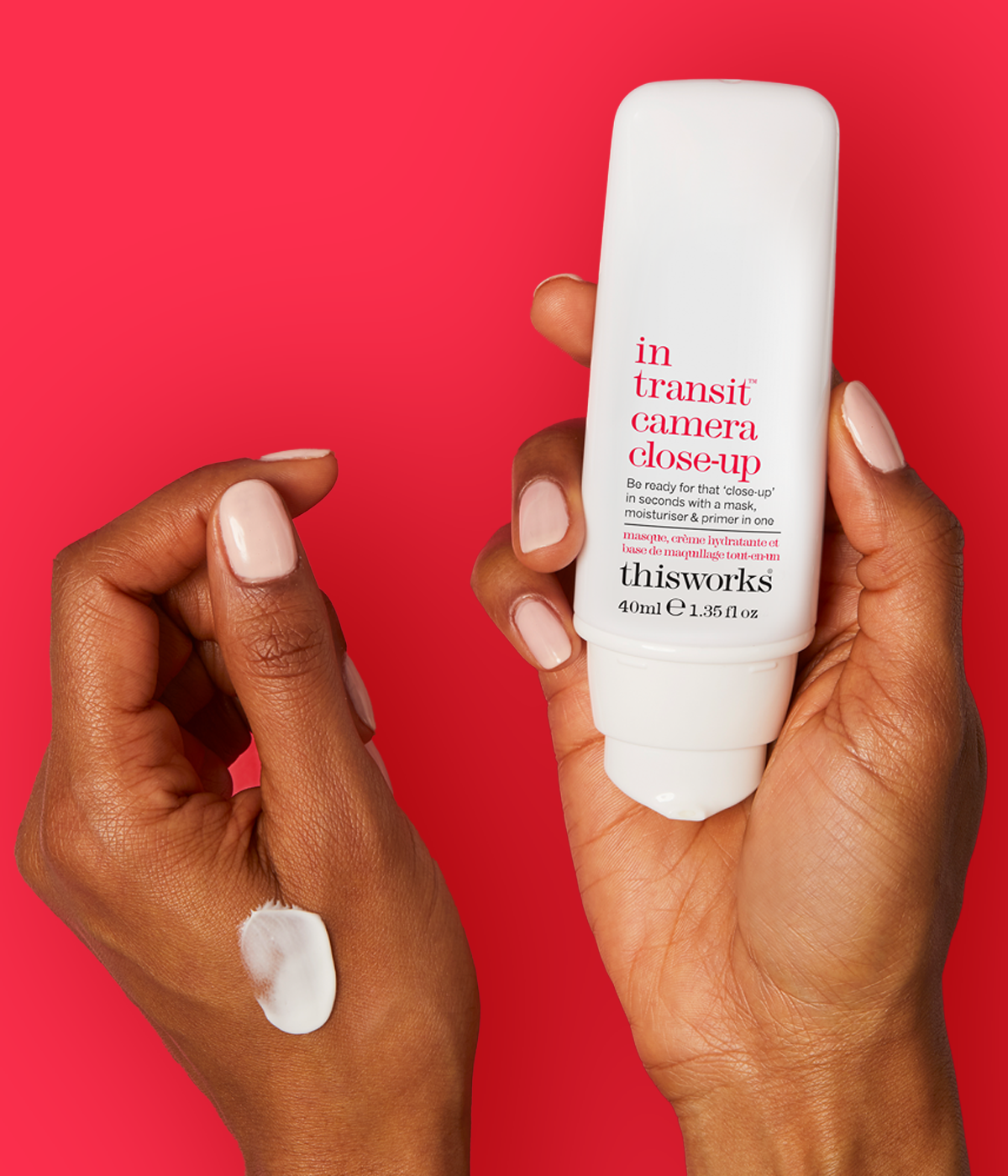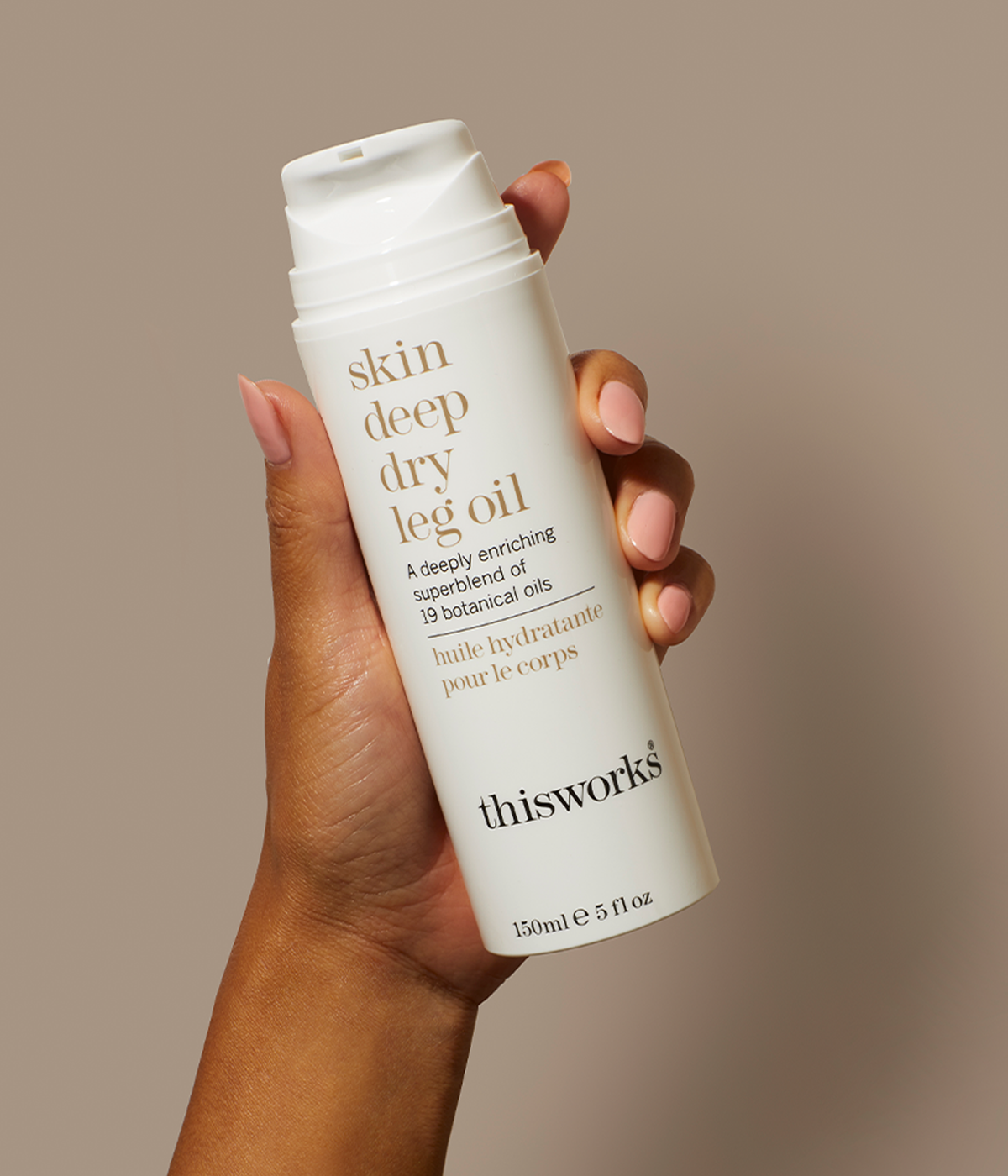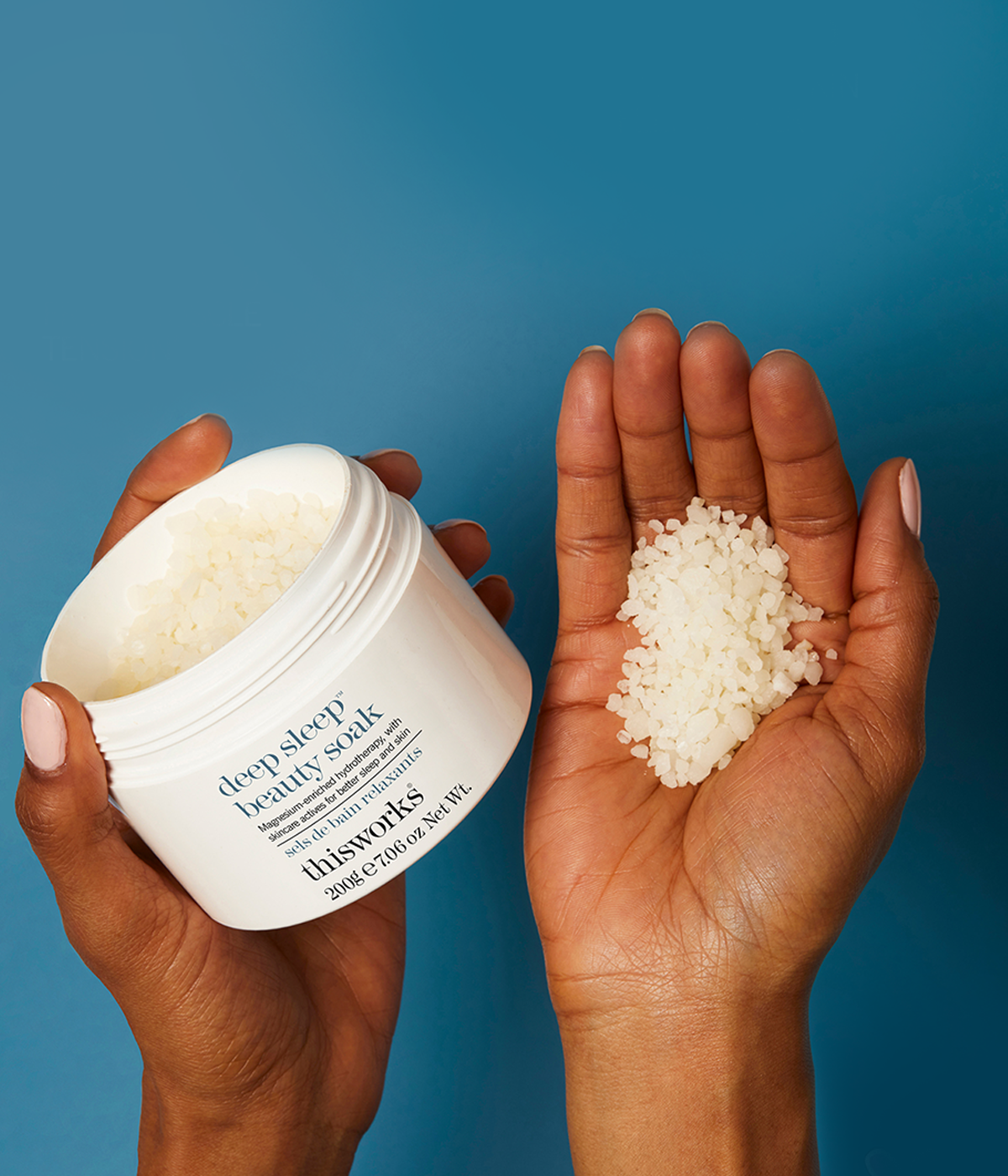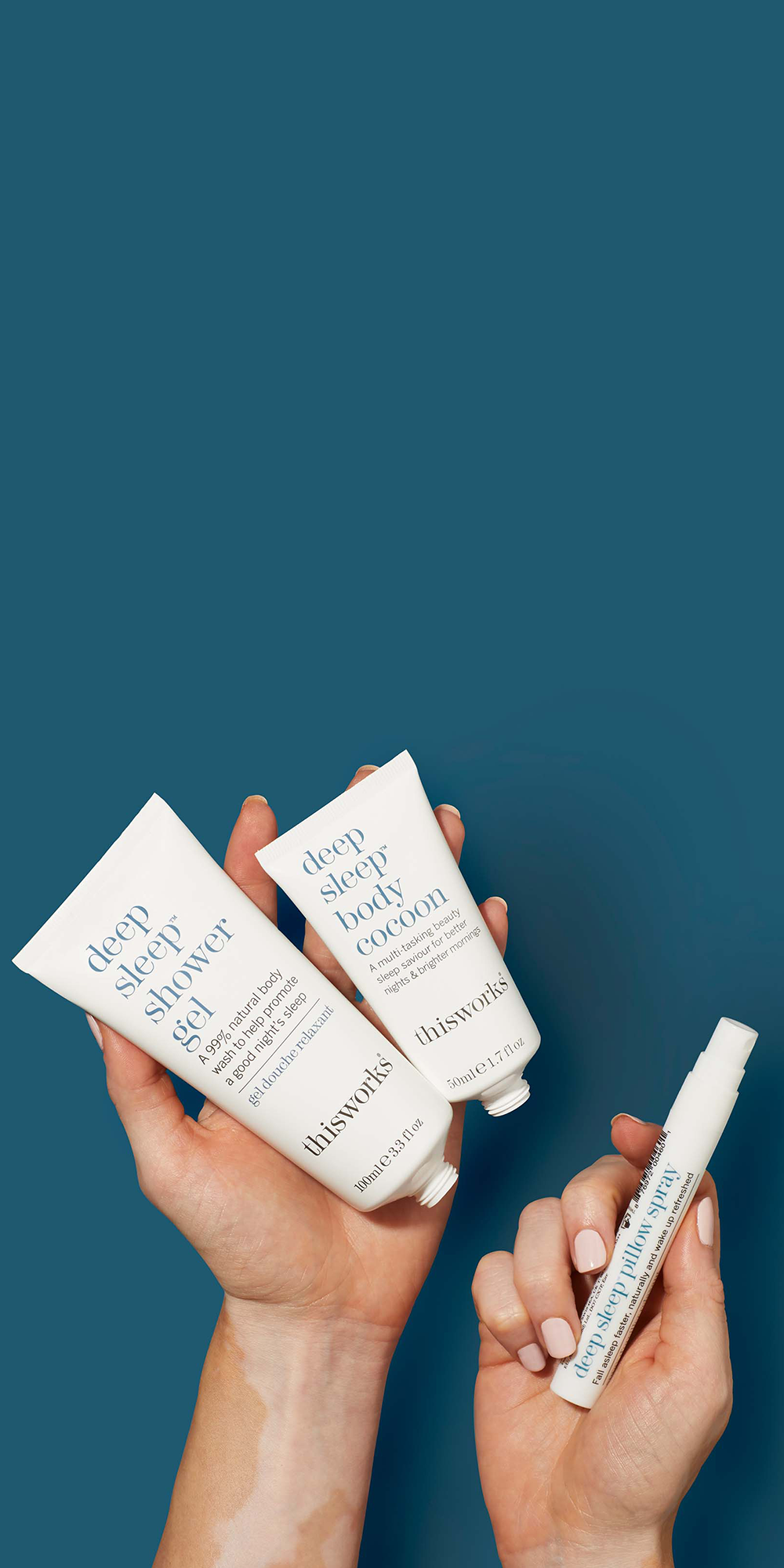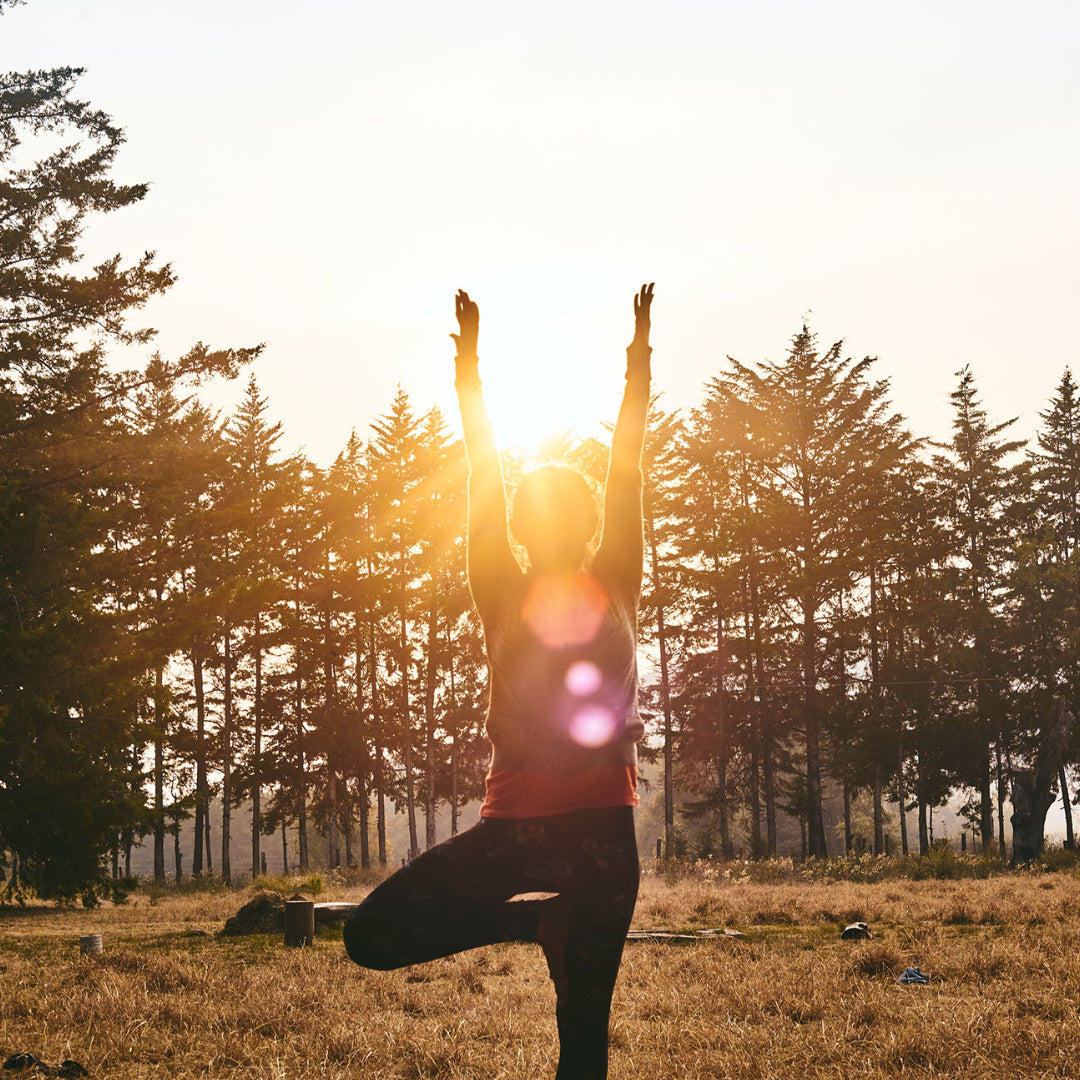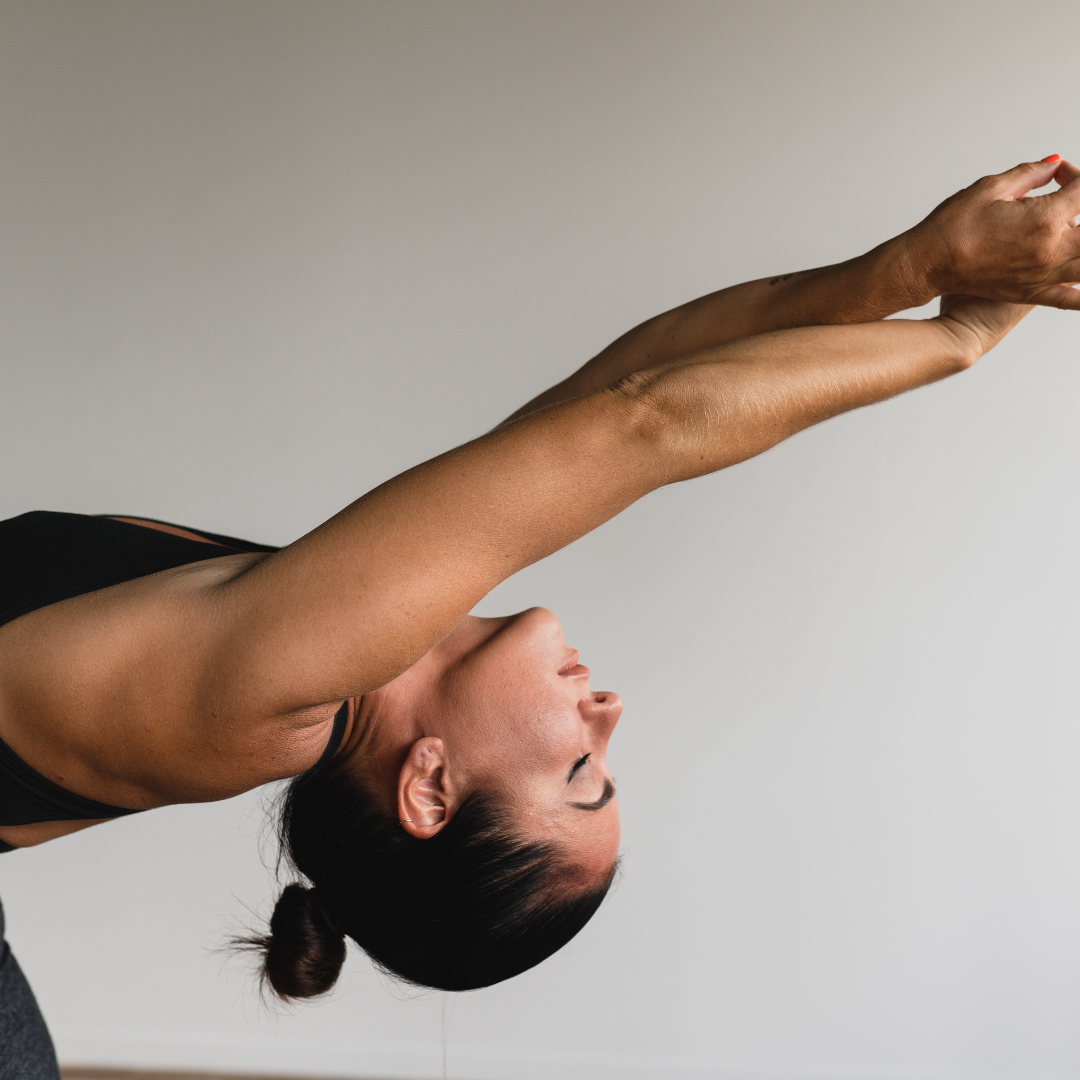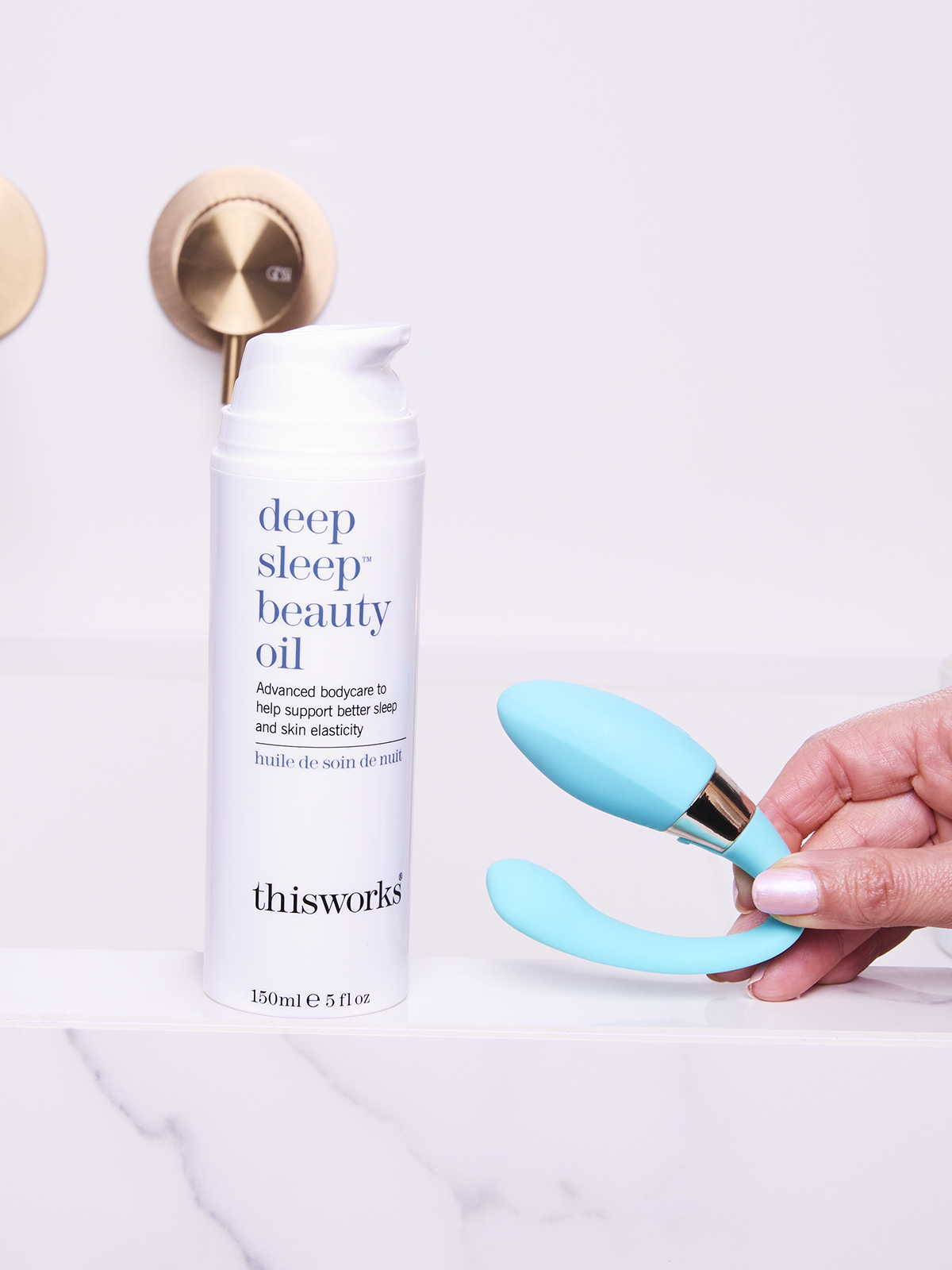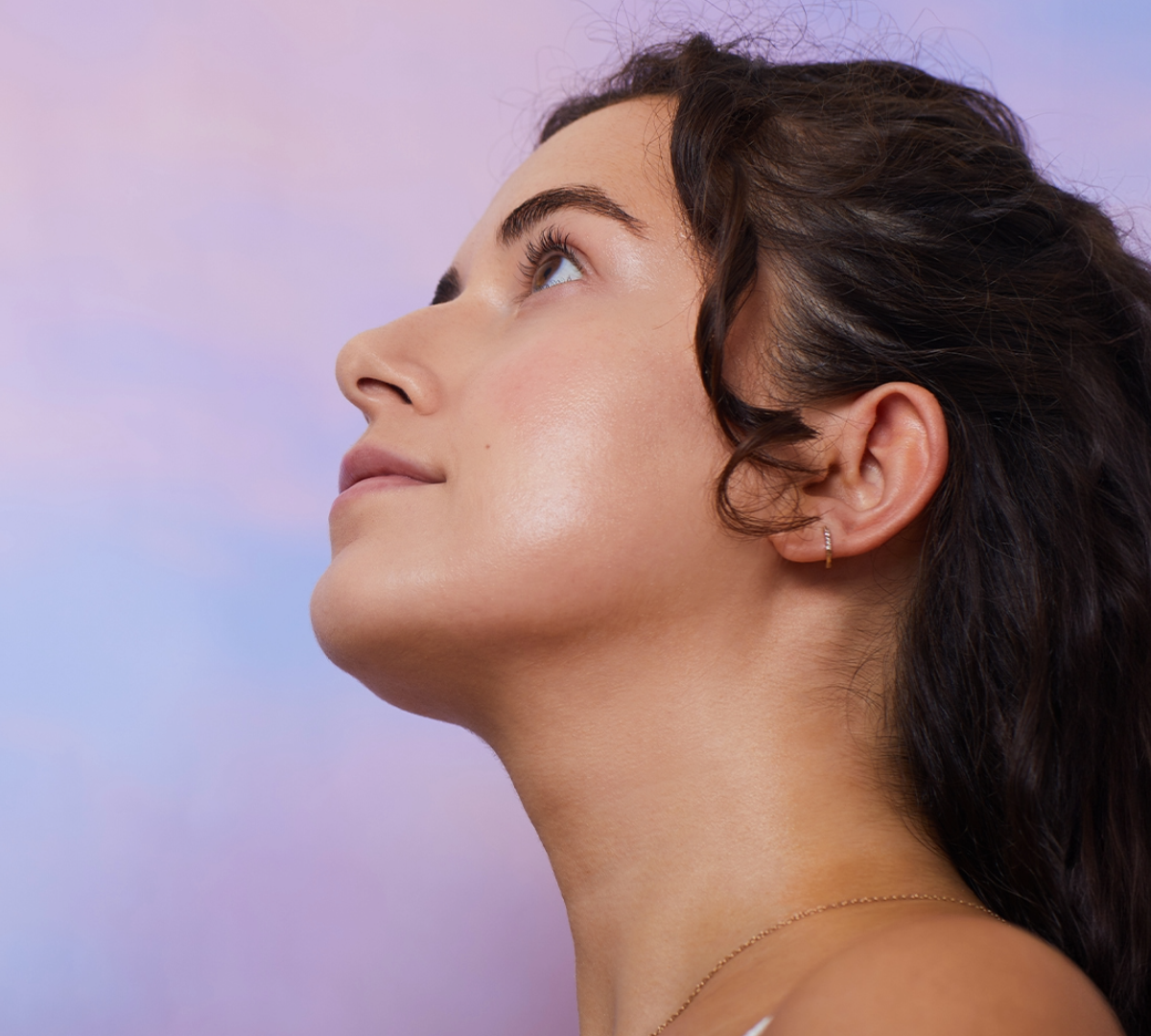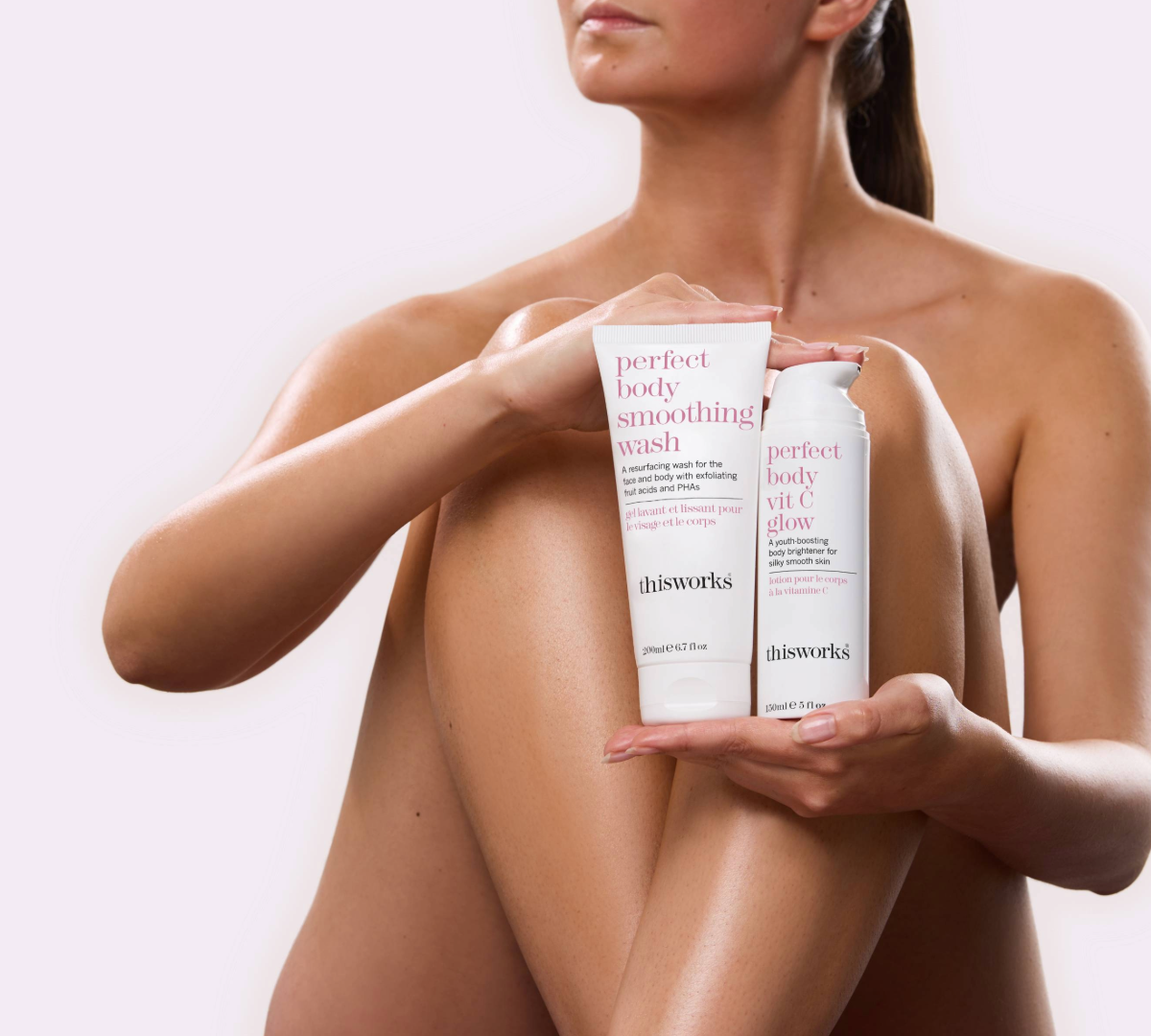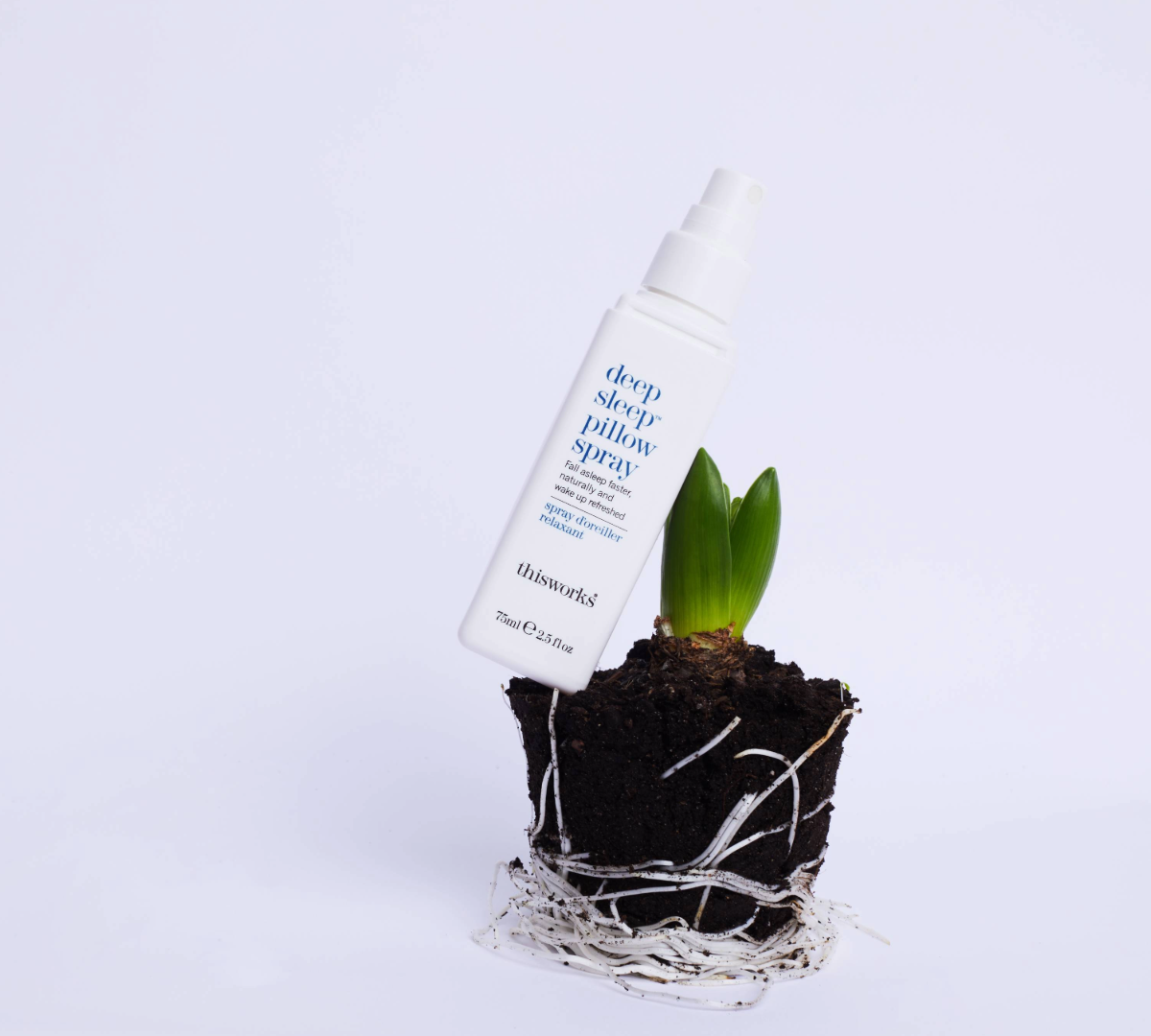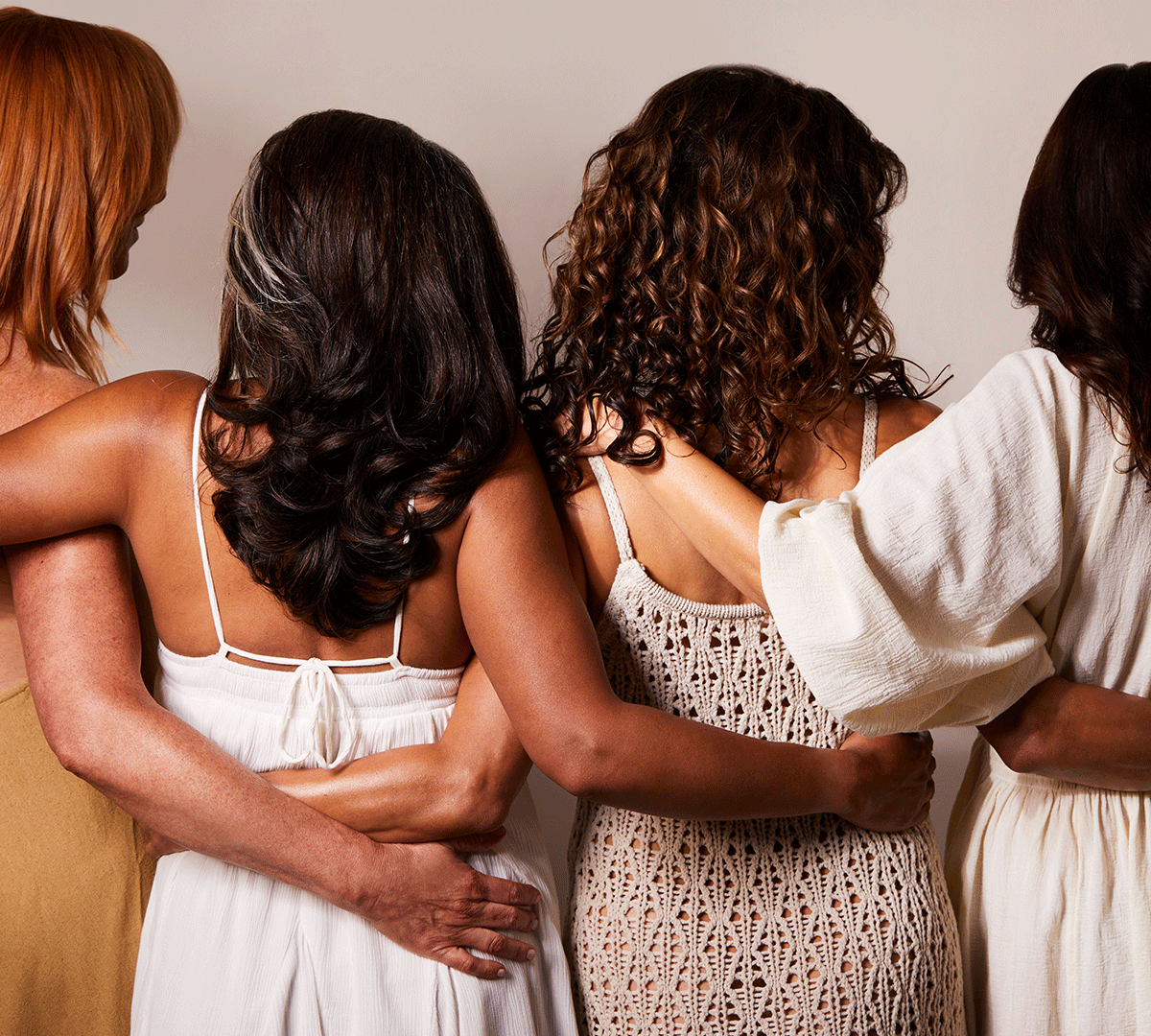your guide to the wellness weekender
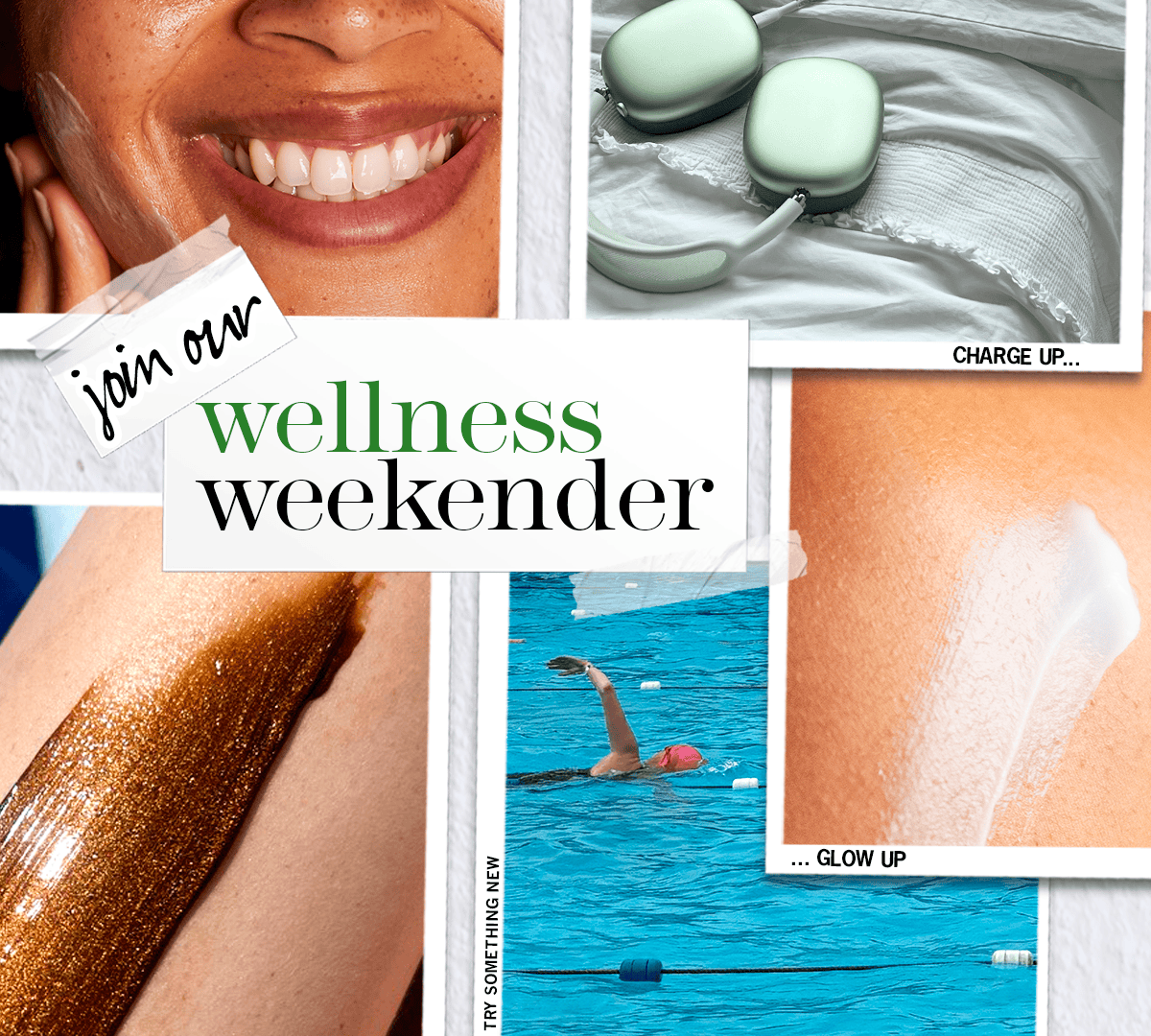
Take some mindful moments for yourself with our wellness weekender. Join in on our sleep hygiene tips, incorporate exercise into your workday and get some sunlight. We challenge you to get involved. Join us in our four wellness challenges from August 21st to 25th, and you might just win something special!
We love to make wellness simple, and our team of experts have pulled together a virtual retreat, featuring a schedule of activities that can be done from the comfort of your own home, garden or perhaps somewhere you haven’t discovered yet.
So, what can you expect? View the entire weekend line-up below or join us on our Instagram for videos, so you join in with the full itinerary from Friday through Monday.
Friday: social connection
Did you know that spending time with others can support our brain's social wiring for better sleep, emotional balance and long-term wellbeing? What better way to kick off the weekend than to unplug your phone, and reconnect with someone special? Tuning out of the digital world creates the perfect opportunity to tune into and connect with nature, your partner or a fluffy friend.
Switch off from blue light emitted from screens to positively impact and help regulate your circadian rhythm Combining light exercise and afternoon light with a golden hour walk also helps to counteract the negative effects digital devices can have on us during the day and release those feel-good hormones. Exposing the receptor pigments in the eye to this lower angle of light helps to anchor the body clock and trigger the timed release of melatonin which helps us fall asleep smoothly later on in the evening.
Turn screens off for an evening and opt for a book, practice breathwork or immerse yourself in something creative like painting or trying a new recipe.
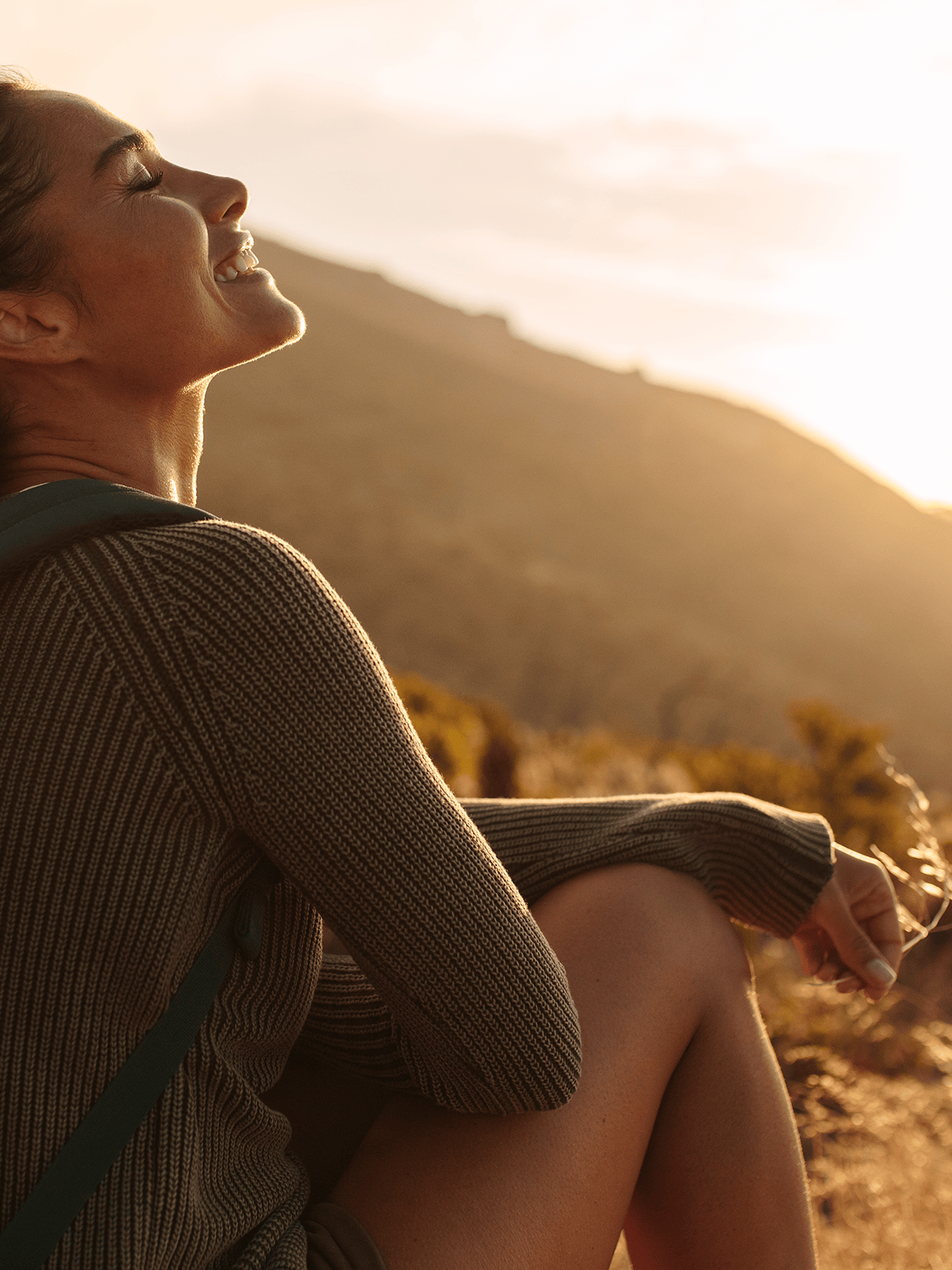
Saturday: let’s get moving!
After a well-rested Friday night, are you in the mood to move? Light exercise helps regulate neurotransmitter levels, which means it can help us feel mentally and physically healthy. The most important thing to be mindful of when you exercise is to do something you enjoy.
Many people cite lack of exercise down to hating the gym, but pumping iron alongside bodybuilding men and women is just one way to focus on your fitness. A simple walk, stretching or an at home workout (especially those done outside) are all ways to get your body moving in a positive way, and varying your exercises can help you navigate different phases of your life too.
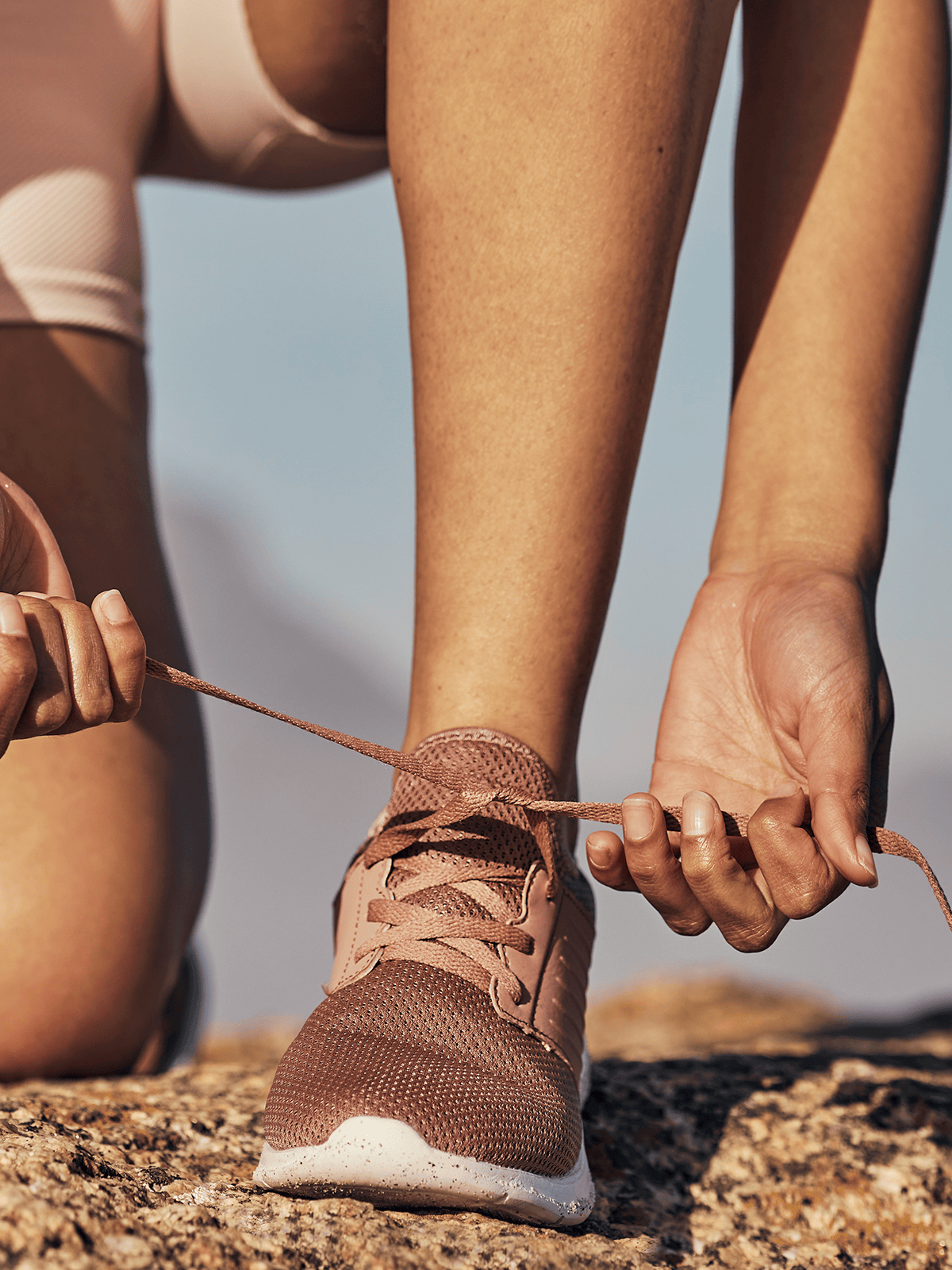
Falling into routine is where many of us feel comfortable and change can be a stressful thought, but adversity is good for our brain, and while sticking to the status quo feels safe, it can mean that we lose our ability to be resilient and accept uncertainty. There are few better ways to improve our resilience than through adventure. Pushing ourselves out of our comfort zone by doing things like taking a walk in an unfamiliar place, bike riding on a bumpy track, or putting on our old ice skates can help us build confidence and demonstrate to ourselves that we’re able to deal with things that feel unfamiliar – and have fun whilst doing it!
If you’re in the mood to boost your dopamine a little more, why not try something a little different? Walk to somewhere new, cycle to a different spot, or perhaps try some cold-water swimming (we recommend some great spots here!).
Fitness coach and menopause expert Rachel Hubbard shares more ways to move this weekend, and we're excited to team up with Plenish for a unique competition.
Sunday: movement in nature
When we talk about getting outdoors, it's not just about exercise, but the opportunity to build resilience and confidence in nature, reconnecting with yourself and stepping outside your comfort zone. Whether it’s a new trail, a paddleboarding session or just fresh air, nature builds mental strength in ways a gym can’t. Army Veteran Grenville Chaganis shares his wisdom on everything the outdoors has to offer us mentally and physically. read more
Whatever self-care looks like to you, we recommend taking some time to check in with both your body and your mind. One of the pillars of our Wellness Weekender is movement in nature - because moving isn’t just about strengthening the body, it’s also about supporting mental clarity. Exposure to natural light helps regulate circadian rhythm and lift mood, while spending time in green or blue spaces has been shown to lower cortisol and reduce stress. Even simple moments - walking by water, eating outdoors, or reading in the sun - can create measurable benefits for overall wellbeing.
To help you embrace this pillar, we’ve partnered with our fitness coach Rachel Hubbard, who’s sharing bite-size tips on how to get active in nature in ways that feel achievable and enjoyable - no matter your fitness level. read more
When spending time outdoors, remember to protect your skin as well as your wellbeing. Our in transit skin defence SPF 50+ provides broad spectrum protection against UVA and UVB rays, while hydrating and boosting antioxidant defence. And after a day outside, create balance in the evening with deep sleep body cocoon - a nourishing body lotion infused with our signature Deep Sleep Functional Fragrance to help calm the mind, ease tension, and prepare the body for restorative rest.
These small rituals work in harmony with movement, ensuring you’re supporting your wellbeing from morning light to evening wind down.
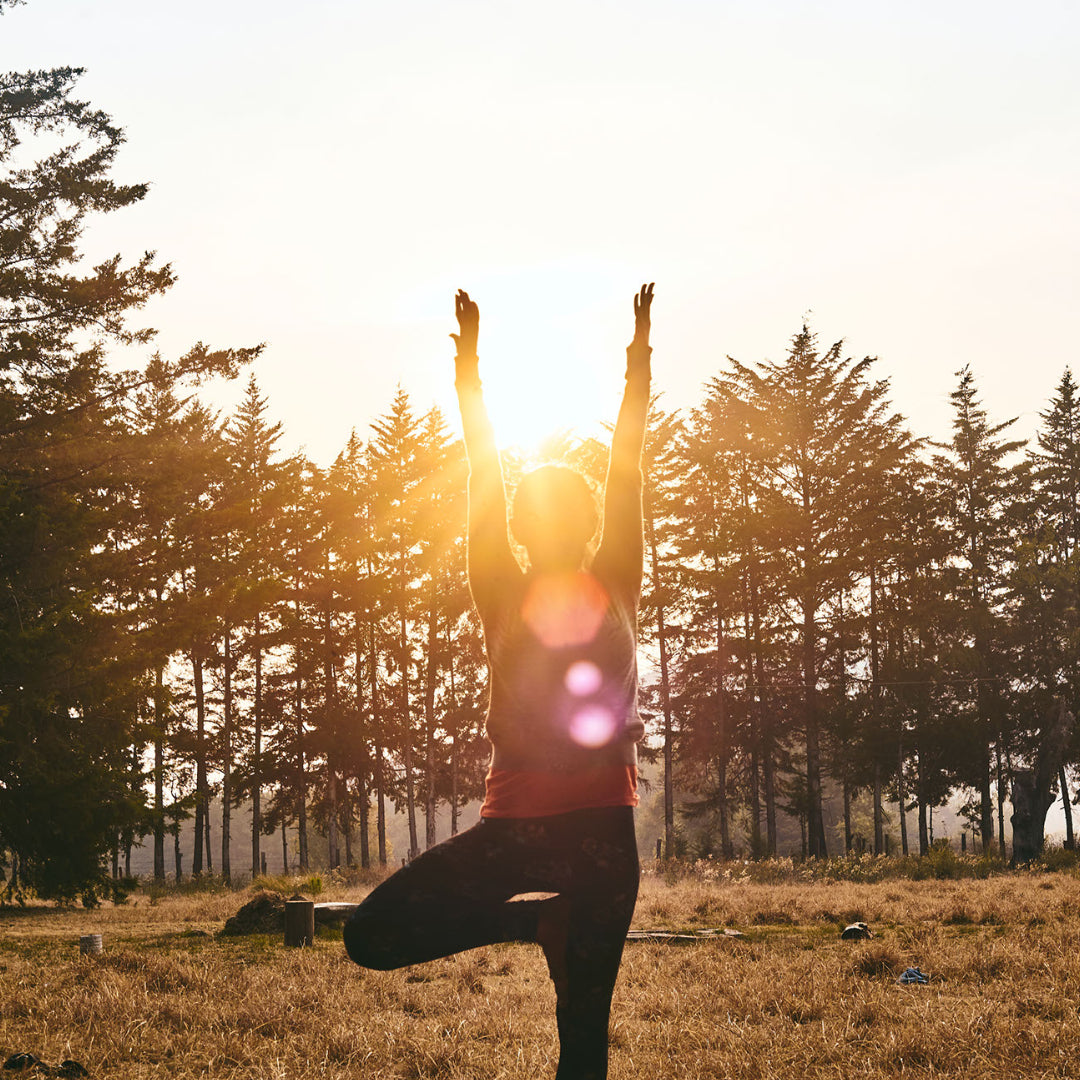
Monday: relaxation and sleep
Sleep is not just rest. How you feel after a bad nights sleep will tell you that.
Whilst you sleep, your brain processes the day. Deep sleep allows for short-term memories to transfer to long-term storage. Synpatic pruning removes unnecessary neural connections, supporting cognitive flexibility. Sleep clears space for new ideas, it affects what you choose to eat, your productivity, your mood. By prioritising deep sleep, you support emotional balance, learning, and long-term mental clarity.
We’ve been investing and researching into the science of sleep since 2004, not only for our products, but to help our community prioritise their overall wellbeing. So wellness weekend has been about using this information, stepping away from the chaos of the bank holiday and listening to your body.
By prioritising the supplements we need, unplugging from screens, and using sleep products to care for our skin, we can take back time for our health and our wealth. When we turn off the ‘big light’, and wind down for the night in low light, it does more than create ambiance, it helps to calm our nervous system and release melatonin, telling our bodies and brain it’s time to rest.
So sleep is not just a basic need, but an important time for our brain to process the day, strengthen its memory and clear space for new ideas. By prioritising deep rest, you support emotional balance, learning, and long-term mental clarity. A slow Bank Holiday Monday is the perfect way to round off the weekend, and our CEO Anna Persaud is here to help you make the most of it. Plus, be in with the chance of winning with supplement brand Shreddy.
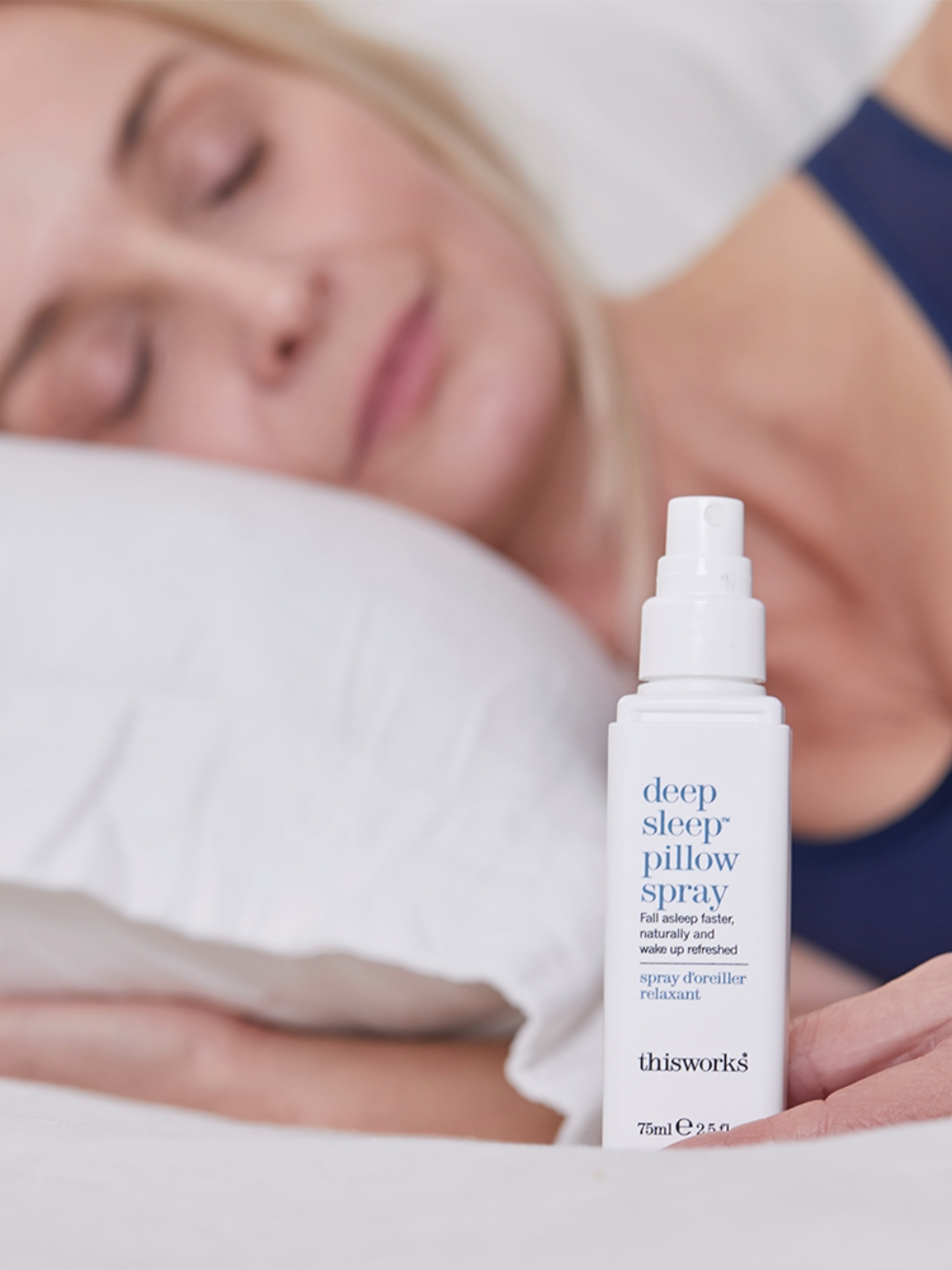
Reading List
1. Brown TM, Brainard GC, Cajochen C, Czeisler CA, Hanifin JP, Lockley SW, et al. (2022) Recommendations for daytime, evening, and nighttime indoor light exposure to best support physiology, sleep, and wakefulness in healthy adults. PLoS Biol 20(3): e3001571.
2. te Kulve, M., Schlangen, L.J.M. & van Marken Lichtenbelt, W.D. Early evening light mitigates sleep compromising physiological and alerting responses to subsequent late evening light. Sci Rep 9, 16064 (2019).
3. Yin, J., Julius, A. A., & Wen, J. T. (2021). Optimization of light exposure and sleep schedule for circadian rhythm entrainment. PLoS ONE, 16(6 June).
4. Böhmer, M. N., Hamers, P. C. M., Bindels, P. J. E., Oppewal, A., van Someren, E. J. W., & Festen, D. A. M. (2021). Are we still in the dark? A systematic review on personal daily light exposure, sleep-wake rhythm, and mood in healthy adults from the general population. In Sleep Health (Vol. 7, Issue 5)
5. Figueiro, M. G., Steverson, B., Heerwagen, J., Kampschroer, K., Hunter, C. M., Gonzales, K., Plitnick, B., & Rea, M. S. (2017). The impact of daytime light exposures on sleep and mood in office workers. Sleep Health, 3(3).
6. Marqueze, E. C., Vasconcelos, S., Garefelt, J., Skene, D. J., Moreno, C. R., & Lowden, A. (2015). Natural light exposure, sleep and depression among day workers and shiftworkers at Arctic and Equatorial Latitudes. PLoS ONE, 10(4).
7. Preciado, O. U., Issolio, L. A., Manzano, E., Colombo, E., & Barrionuevo, P. A. (2018). Melanopsin excitation in conditions of natural and artificial lighting. Anales de La Asociacion Fisica Argentina, 29(Especial InVision).
8. Vlemincx, E., & Luminet, O. (2020). Sighs can become learned behaviors via operant learning. Biological Psychology, 151.
9. Pradip Pandekar, P., & Thangavelu, P. D. (2019). Effect of 4-7-8 Breathing Technique on Anxiety and Depression in Moderate Chronic Obstructive Pulmonary Disease Patients. International Journal of Health Sciences & Research (Www.Ijhsr.Org), 9(5).
10. Nowicki, L. V. (2021). The Effect of a Breathing Technique on Reducing Postoperative Orthopedic Pain. In The Nurse Practitioner (Vol. 40, Issue 4). 11. Lin, Z., Kunze, K., Ueki, A., & Inakage, M. (2020). AromaCue - A scent toolkit to cope with stress using the 4-7-8 breathing method. TEI 2020 - Proceedings of the 14th International Conference on Tangible, Embedded, and Embodied Interaction.
12. Pandekar, P. P., & Thangavelu, P. D. (2019). Effect of 4-7-8 Breathing Technique on Anxiety and Depression in Moderate. International Journal of Health Sciences and Research, 9(5). 13. Terman, J. S., Terman, M., Lo, E. S., & Cooper, T. B. (2001). Circadian time of morning light administration and therapeutic response in winter depression. Archives of General Psychiatry, 58(1). 14. Okamoto, Y., Rea, M. S., & Figueiro, M. G. (2014). Temporal dynamics of EEG activity during short- and long-wavelength light exposures in the early morning. BMC Research Notes, 7(1). 15. The duration of light exposure in the morning and early‐afternoon affects adaptation to night work. (2019). Journal of Sleep Research, 28(S1).
16. Hamid, A. A., Pettibone, J. R., Mabrouk, O. S., Hetrick, V. L., Schmidt, R., vander Weele, C. M., Kennedy, R. T., Aragona, B. J., & Berke, J. D. (2015). Mesolimbic dopamine signals the value of work. Nature Neuroscience, 19(1). https://doi.org/10.1038/nn.4173
17.Terman, J. S., Terman, M., Lo, E. S., & Cooper, T. B. (2001). Circadian time of morning light administration and therapeutic response in winter depression. Archives of General Psychiatry, 58(1). https://doi.org/10.1001/archpsyc.58.1.69
18.Okamoto, Y., Rea, M. S., & Figueiro, M. G. (2014). Temporal dynamics of EEG activity during short- and long-wavelength light exposures in the early morning. BMC Research Notes, 7(1). https://doi.org/10.1186/1756-0500-7-113
19. Hall, J. A. (2019). How many hours does it take to make a friend? Journal of Social and Personal Relationships, 36(4), 1278–1296. https://doi.org/10.1177/0265407518761225
20. Bermúdez-Rattoni, F. (2007). Neural plasticity and memory: From genes to brain imaging. In Neural Plasticity and Memory: From Genes to Brain Imaging.
21. Parker, S. (2019). Training attention for conscious non-REM sleep: The yogic practice of yoga-nidrā and its implications for neuroscience research. In Progress in Brain Research (Vol. 244). https://doi.org/10.1016/bs.pbr.2018.10.016
